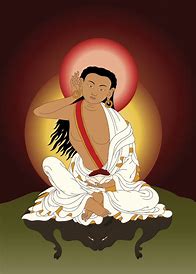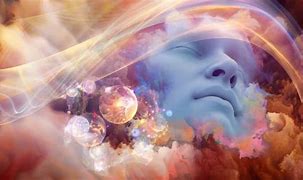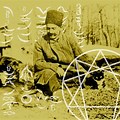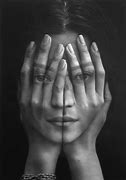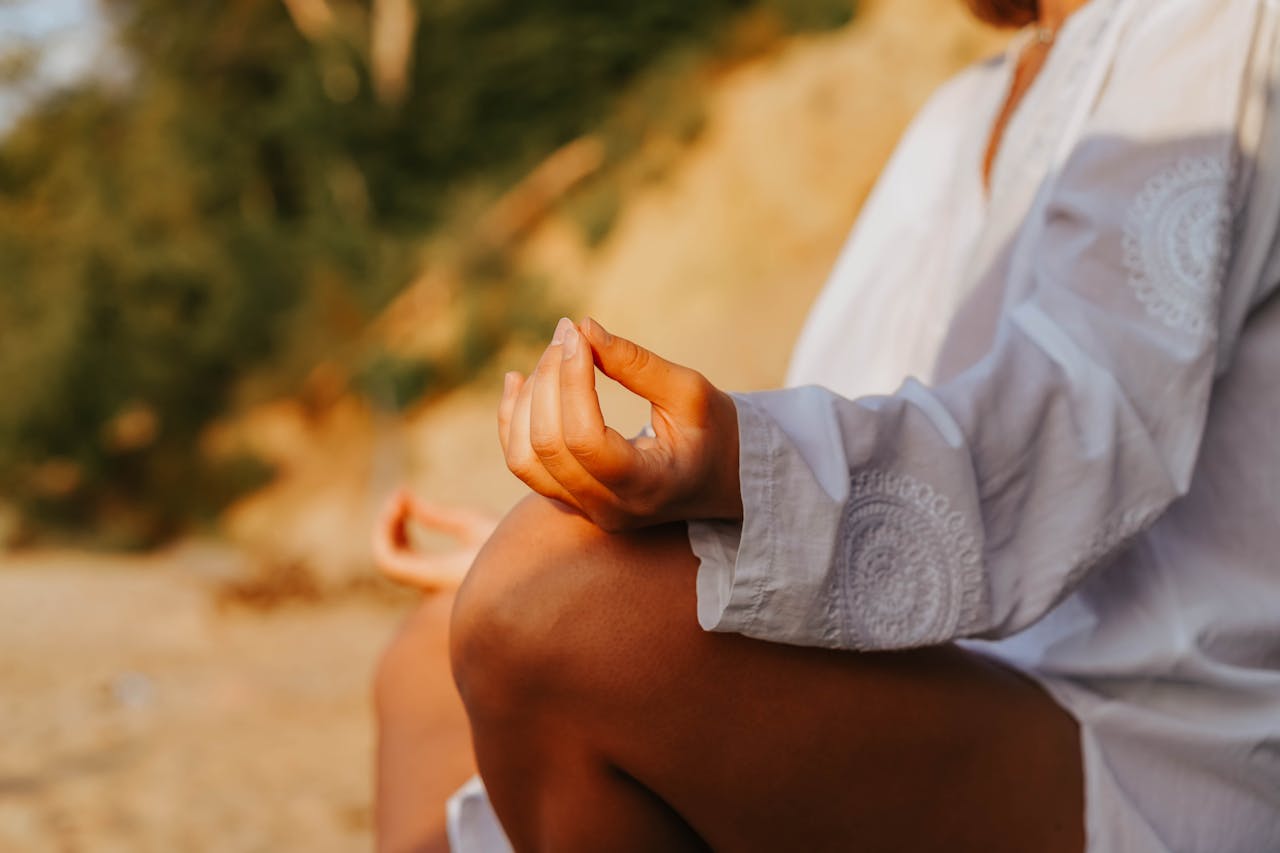Over 73 dead bodies 'used for meditation', 600 crocs in a pond, found in two Thai temples
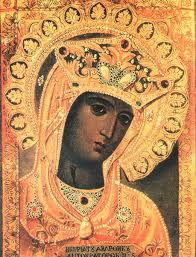








Thai Police foun over 73 dead bodies used for meditation', 600 crocs in a pond, in two Thai temples

The Thai police were shocked to find an Abbot of a Thai temple concealing 73 dead bodies, which he claimed were used for meditation purposes by the monks. The strange discovery was made at the famous Thiphaksong Pa Sangnayatham temple in Pho Thale on Nov. 22 and also another temple in the Bang Mun Nak district. The abbot was found to be associated with both the temples, SCMP reported.
The raid also led the police to a pond on the temple grounds that had over 600 crocodiles. The pond is said to act like a wishing well for the followers. It has high fences, and devotees cannot go near the pond.
The news was first reported by the online Khaosod Newspaper.
As per local reports, the temple is situated in a serene forest and sits in an area of 16,000 square metres. It enjoys a huge following among devotees, with several of them even donating land to the place known for its spiritual practices.
It has a meditation centre, four dining halls, and bamboo meditation pavilions. The coffins with the dead bodies were found in these pavilions, with each of them containing four to five corpses.
Monks said bodies were given to them by individuals
The monks said that the bodies belonged to people who had pledged their bodies to the temple before their deaths, with most of them being disciples of the temple. To prove this, they even gave the police death certificates and donation agreements.
On Nov. 26, police found 32 more corpses at a temple in the Bang Mun Nak district. Investigations revealed that Abbot Phra Ajahn Sai Fon Pandito was connected to both temples. The abbot visits several temples and is popular among devotees for his teachings on “clairvoyance” and “super hearing”.
He told the police that he was not doing anything illegal, and the bodies were used for a kind of meditation and to help the monks overcome the fear of death. The abbot said the corpses helped with a form of “death awareness” training in meditation. He said that the practice was his "innovation" and aimed to enhance the monks’ mental resilience and discipline.
The National Office of Buddhism Thailand has launched a probe into the matter, while the police are working to ascertain the identities and origins of the dead bodies.
Reference: WION
Occultism: Western Occult Tradition
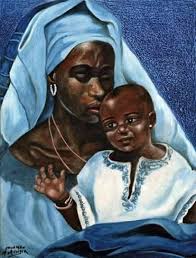








Occultism: Western Occult TraditionThe study of hidden knowledge
The study of hidden knowledge
:max_bytes(150000):strip_icc():format(webp)/silhouette-man-levitating-above-grass-against-sky-579008825-59a714f39abed50011fed4a8.jpg)
Rumor, conspiracy theories, and Hollywood have created a very warped image of occult studies. This leads many to use the word as though it were synonymous with black magic and demon worship.
In truth, the occult is something both much more general and much less inherently threatening.
The word literally means "hidden," which is why multiple scientific fields use the term. When a medical test detects something existing in too small of an amount to be visible, for example, they describe it as the occult.
The Study of Hidden Knowledge
In religion, occultism (or occult studies) is the study of hidden knowledge. This in and of itself can be interpreted several ways, including:
- Knowledge kept from the wider population, offered only to initiates after proper preparation. Reasons for this commonly include the belief that such knowledge is dangerous to the unprepared, and that revealing sacred knowledge to the common populace profanes that knowledge.
- Knowledge disguised by God for only the select few to comprehend. Multiple Renaissance occultists, for example, wrote of the Book of Nature, that is to say, the physical universe. Within this book are clues and messages, left by God, which can be found and deciphered by those both educated and worthy.
- Knowledge of realms, energies, or abilities not recognized by the general populace. The most common use of the term occult in this way is in relation to the practice of magic. In a wider sense, anything supernatural or paranormal might be included.
Occultism is often considered roughly synonymous with esoteric and mystical. These two far less threatening terms are often used in conjunction with branches of mainstream and alternative religions alike.
Paths of the Western Occult Tradition
There are countless practices around the world that might be labeled as the occult. Discussions of the occult here primarily focus on occultism in the Western world, commonly called the Western Occult Tradition or the Western Esoteric Tradition.
Some Eastern beliefs have been incorporated into various Western paths. The systems overall are still primarily Western and are generally rooted in older, Western beliefs.
There is no single, overreaching definition of the Western Occult Tradition. Rather, it is composed of a wide variety of different paths and practices such as Hermeticism, Kabbalah, astrology, and numerology.
Many occultists follow practices involving aspects of multiple paths, which makes generalizing about the occult extremely difficult. In addition, not all followers of these paths label themselves occultists. Outsiders should be sensitive to such differences in definition.
Occult Organizations
There are a wide variety of organizations which are acutely occult in their focus and commonly describe themselves as occult, esoteric, or both. Some of the more well-known organizations include:
- Hermetic Order of the Golden Dawn
- Rosicrucians (Order of the Rose Cross)
- Ordo Templi Orientis (O.T.O.)
- Society of the Inner Light
- Servants of the Light
- Theosophical Society
- Temple of Set
Reference: www.LearnReligions.com: Catherine Beyer: Catherine Beyer: Wicca Expert: M.A., History, University of Wisconsin, Milwaukee: B.A., History, Kalamazoo College
What is a Mudra








Mudras, an ancient practice of symbolic hand gestures that can enhance your meditation, yoga, and overall wellness. Learn the meanings, benefits, and techniques in our comprehensive guide.
Mudra Definition
In the realm of yoga and spiritual practices, a mudra is a symbolic hand gesture that is integrated into various asanas, meditation, and pranayama.
These gestures are designed to facilitate the flow of energy in the body and to enhance one's focus and connection to the spiritual aspect of yoga.
Each mudra has a specific purpose and is believed to influence the body's energetic pathways and emotional states, aiding in the deepening of concentration and the cultivation of a specific state of mind.
While they have historical roots, mudras are used in contemporary yoga and meditation practices as tools for spiritual growth and self-exploration, independent of religious connotations.
The Vedas, an ancient collection of Hindu scriptures dating back to 1500 BCE, were the first to mention Mudras.
Mudras are also an essential part of classical Indian dance, where they are used to express emotions.
In addition to Hinduism, mudras are a part of Buddhism and Jainism - two other Indian religions that share Hindu roots.
In Buddhism, mudras are often an essential element of meditation, used to direct a person's attention inward.
In Jainism, on the other hand, monks and nuns use mudras as part of their ascetic practice.
In yoga, mudras are an integral part of the practice. Yoga mudras help to focus the mind, direct energy and promote physical and mental health.
Mudras, integral to various yogic practices, offer a range of benefits that enhance both the physical and spiritual aspects of these disciplines.
By adopting specific hand gestures, practitioners can deepen their yoga and meditation experiences. Here are four key benefits of incorporating mudras into your practice:
-
Improved Energy Flow: Mudras are believed to influence the flow of energy in the body, helping to balance and redirect it. This can lead to a feeling of increased vitality and well-being, especially when combined with yogic breathing exercises.
-
Enhanced Focus and Concentration: The use of a specific mudra during meditation and pranayama can aid in sharpening mental focus and concentration. This heightened attention helps in achieving a deeper, more effective meditative state.
-
Connection with the Entire Body: In Hatha Yoga, mudras add a layer of depth to the physical practice. They create a subtle connection with the entire body, promoting a greater sense of bodily awareness and mindfulness.
-
Emotional Balance: Practicing mudras can also have a calming effect on the mind, which in turn helps in managing stress and emotional turbulence. This aspect of mudras contributes to overall mental and emotional well-being, complementing the physical benefits of yoga.
There are many different mudras, each with diverse symbolism and meaning. Some mudras are for specific purposes, such as improving concentration or relieving stress, while others are for more general purposes, such as relaxation or balancing the body's energy. Here are some of the most popular mudras.
Anjali Mudra
Anjali mudra, meaning "offering" or "salutation," is the most well-known Mudra. This Mudra is often performed at the beginning and end of yoga class to show respect for the teacher and practice.
Practitioners will place the palms together in front of the heart or out in front of the body. Anjali can be used as a prayer mudra gesture or to bring the palms of the hands together.
Dhyana Mudra
Dhyana mudra is a meditation mudra. In this Mudra, the hands are in the lap, the palms facing upwards, and the thumbs are lightly touching.
This Mudra helps to still the mind and bring about a state of deep concentration. In Dyana, practitioners rest the right hand on the left hand with the palms facing up. With the thumbs touching, the index fingers come together.
Bhadra Mudra
Bhadra mudra is a mudra of protection. In this Mudra, the hands are held in front of the chest with the palms facing out and the fingers pointing up.
The thumbs touch the base of the little fingers. This Mudra helps to ward off negative energy and create a sense of safety and security.
Prana Mudra
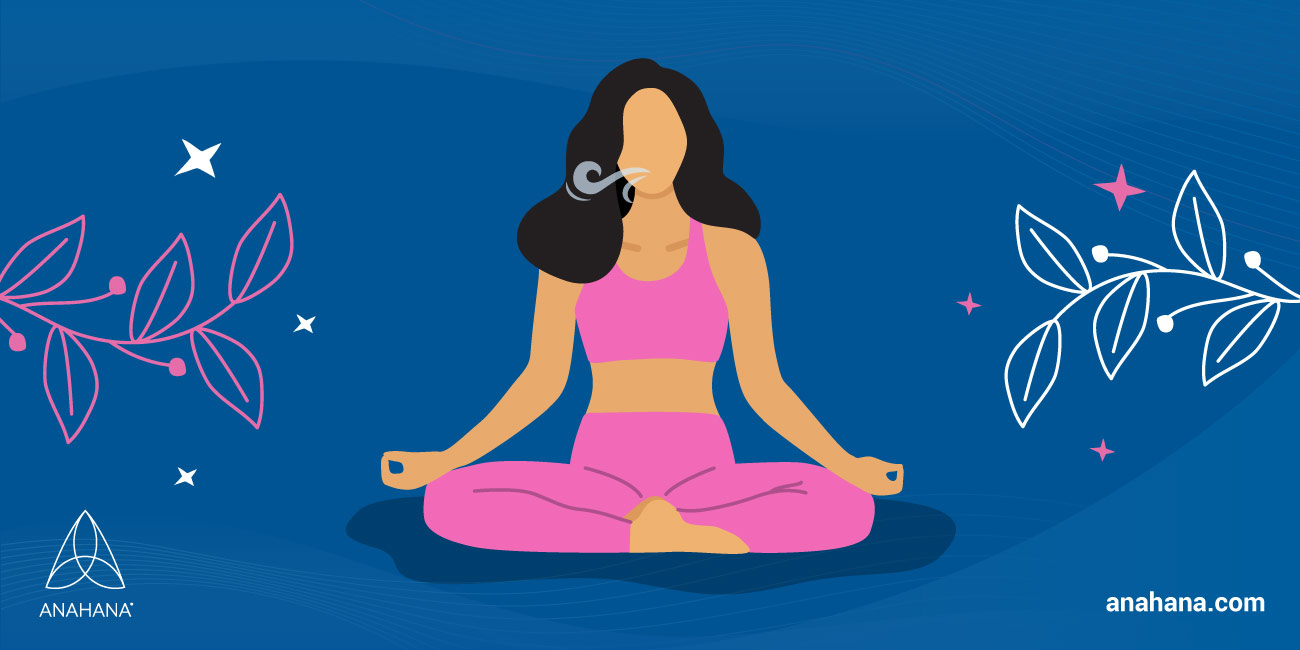
The Prana mudra is a mudra of healing. In this Mudra, the hands are positioned in front of the heart with the palms facing up and the tips of the thumb, index, and middle finger on either hand touching. This Mudra helps to increase energy and vitality.
Apana Mudra
Apana mudra is a mudra of detoxification. In this mudra, the hands are held in front of the lower abdomen with the palms facing down and the thumb, index, and middle fingers touching. This Mudra helps to stimulate the digestive system and promote elimination.
Varun Mudra
The Varun Mudra is a specific hand gesture in yoga where the tip of the little finger touches the tip of the thumb, while the other fingers remain straight.
This mudra is associated with balancing the water element in the body and is believed to help regulate fluids and improve skin hydration and clarity.
Chin Mudra
The chin mudra is a mudra of consciousness. In this mudra, the right hand is held in front of the heart with the right palm facing up and the thumb, index, and middle fingers touching. The ring finger and little finger stay extended. The left palm sits in the lap, the thumb lightly touching the index finger.
The chin mudra helps to still the mind and bring about a meditative state of deep concentration.
In addition to the listed mudra gestures, there are many more, such as:
-
Surya mudra
-
Vajroli mudra
-
Vayu mudra
-
Ganesha mudra
-
Prithvi mudra
-
Agni mudra
How Do Mudras Work
Mudras are believed to work by influencing the body's energy flow and balancing various elements within it.
They involve specific hand positions that are thought to stimulate different areas of the brain, impacting physical, emotional, and spiritual well-being.
The practice of mudras, often combined with yogic breathing exercises and meditation, is said to help in unblocking energy channels.
This process is thought to enhance physical health and promote mental clarity and emotional stability.
Tips How to Practice Mudras
Practicing mudras effectively involves a few key tips to enhance their benefits:
-
Visual Aids: Keep a chart or pictures of various mudras where you frequently practice. This serves as a handy reference and a visual reminder to practice.
-
Use a Mirror: Practicing in front of a mirror can be helpful, especially for beginners. It allows you to check and correct your hand positions, ensuring you're performing the mudra correctly.
-
Relaxed Hands: Hold your hands in the chosen mudra gently. Avoid excessive pressure or strain on your fingers. The gesture should feel natural and comfortable.
-
Prevent Hand Stiffness: Regular hand stretches can prevent stiffness and discomfort, especially if you're holding a mudra for an extended period.
-
Focus and Intention: While practicing, maintain a focus on the intention or area of improvement the mudra is associated with. This mental focus amplifies the mudra’s effectiveness.
-
Start with Simple Mudras: Begin with simpler mudras before progressing to more complex ones. This helps in gradually building your comfort and familiarity with the practice.
Remember, the effectiveness of mudras can be subjective and varies from person to person. It's important to approach them with patience and an open mind.
Takeaway
In conclusion, the practice of mudras offers a unique and powerful way to enhance your physical, mental, and spiritual well-being.
These simple yet profound hand gestures, deeply rooted in ancient traditions, are a testament to the interconnectedness of our body and mind. Whether you're a seasoned practitioner or a curious beginner, integrating mudras into your daily routine can be a transformative experience.
They require minimal time and space, making them accessible to everyone, regardless of lifestyle or physical ability.
By incorporating mindful breathing, regular practice, and hand stretches, you can maximize the benefits of mudras.
Frequently Asked Questions About Mudras
Can mudras be done lying down or while walking?
Yes, doing mudras lying down, sitting, walking, or standing is possible.
Do mudras have to be done with both hands?
No, doing mudras with one or two hands is acceptable.
Which mudra is best for yoga practice?
There is no one "best" mudra for yoga practice. Each mudra has its benefits and can be used to support different aspects of the wellness practice.
Which mudra is best for meditation?
There is no one "best" Mudra for reflection. Each mudra has its benefits and can be used to support different aspects of the wellness practice.
Blood Sacrifices: Ancient Rituals of Life and Death
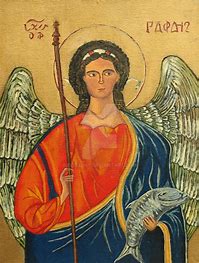








Blood Sacrifices: Ancient Rituals of Life and Death
Reference: LoveofGothic.com
Articles-Latest
- Koran burning conviction sparks fury as blasphemy law 'returns to UK'
- Robert Francis Prevost - Pope Leo XIV
- Pope Francis' death follows recent health challenges. Here's what we know about how he died.
- Easter April 2025 - international Celebrations
- The Rule of the twelve psalms -Worthy is the Lamb
- Religion in Africa Before Christianity and Islam
- 6 The Origin of Yahweh
- Dumo Di Milano
- What Did the Crow Tribe Believe In: Discover The Beliefs!
- 7 Reasons Historic Christianity Rejects the Book of Enoch
- 8 Breathtaking Mountain Monasteries Around the World
- Ethiopian Bible is oldest and most complete on earth
- Muhammad Muhammad was a prophet and founder of Islam.
- World Day of the Poor – SVP Christmas Campaign 2024
- Pope Francis to open 5 sacred portals on Christmas Eve — for a ritual that’s never been done before
- The 144,000 in Revelation
- Over 73 dead bodies 'used for meditation', 600 crocs in a pond, found in two Thai temples
- Occultism: Western Occult Tradition
- What is a Mudra
- Blood Sacrifices: Ancient Rituals of Life and Death
Articles-Most Read
- Home
- Let There Be Light
- Plants that feel and Speak
- The Singing Forest
- The Singing Forest-2
- Introduction
- Meditation
- Using Essential Oils for Spiritual Connection
- Heaven Scent
- Plants that Feel and Speak-2
- Purification
- Making the Spiritual Connection
- Anointing
- Essential Oils: The unseen Energies
- The Sanctity of Plants
- The Aroma Of Worship - Introduction
- The Aroma Of Worship-Foreward
- Methods Of Use
- Spiritual Blending
- Handling and Storage


